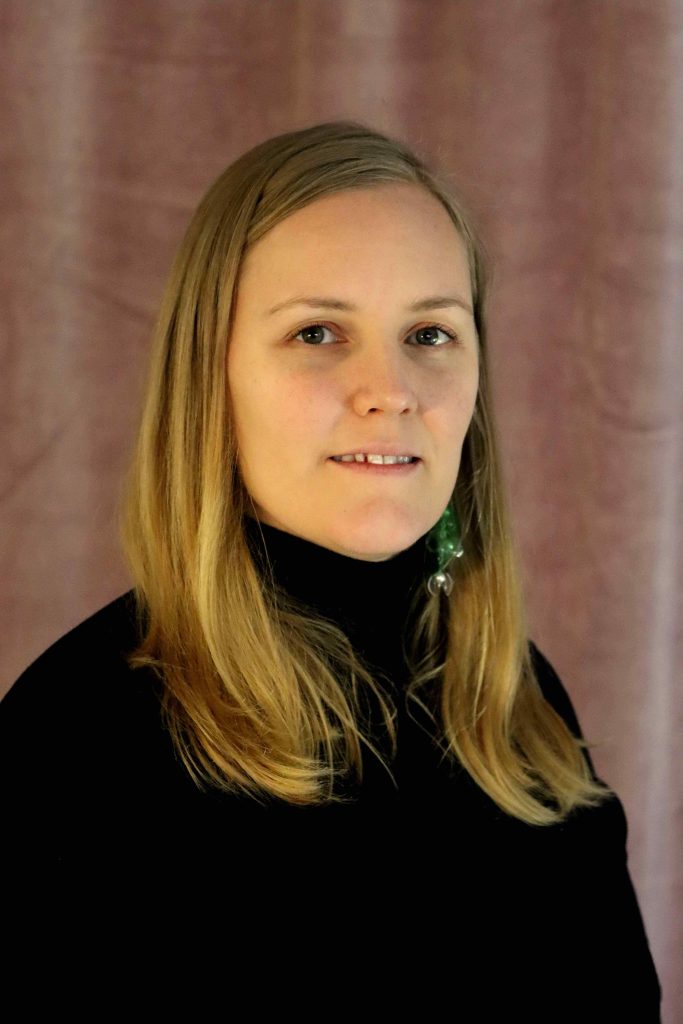The life of an aspiring researcher is filled with endless hours of collecting data, reading, writing, analysing, reviewing and revising. We are provided and equipped with knowledge on using different literature sources to support our work, whether talking about citing the source or using direct quotations. However, when we wish to use other media to support, promote, visualize, validate, improve access or otherwise facilitate knowledge transfer by public showcasing, we are faced with new information needs. When openly presenting or sharing information, such as writing this blogpost, the rules on using and sharing publicly available media can be widely confusing. One might wonder: If the media is freely available online, is it free to use without restrictions?
What is protected by copyright?
All original works of the creator are protected by copyright law. In addition to written words, pictures or audiovisual recordings, the wide range of copyright can be applied to live performances, artwork, crafts, cinema, architecture or even software. Essentially, it is safe to assume that any original work that has been recorded, written down, posted online or otherwise fixed in a tangible medium is protected by copyright. This means that only the creator is granted the right to reproduce, distribute, perform, display or modify their work. Copyright, however, can be waived or transferred. For example, most scientific journals require authors to transfer some or all of their copyright to the publisher as part of the publication agreement.
How does copyright work?
Copyright is granted automatically when the work is created. However, copyright does not infinitely protect the work: in many countries, including Finland, the copyright expires 70 years after the passing of the creator. Works that are not protected by the copyright are in the public domain. Services offering free media, such as stock media content websites, free media libraries or creative commons platforms contain a variety of content that creators have willingly waived their rights to, allowing users to access, modify, and distribute their work without the need for permission or payment. It is noteworthy that while this media is not protected by copyright, its use is commonly regulated by legally binding content licenses. Furthermore, as copyright laws differ from one country to another, sometimes using media from the public domain can be prohibited by local copyright laws. Such cases could for example include a photograph of an artwork: The image could be made public domain, but the artwork in the picture could still be protected by copyright.
How do I apply copyright when using artificial intelligence?
In the age of artificial intelligence (AI), the novel generative AI systems offer new ways to create text, images, audio, video and more, and complex copyright issues are still largely underregulated. These issues include the role of the creator, the originality of the created work and the roles of the user and the AI in the creation process. If AI is used to manipulate or process original work, the copyright rules protecting the rights of the original creator are still effective. When using AI to create new content, it is important to review the terms of use or possible licensing requirements from the service provider to determine the ownership, attribution and permitted use of the work created. From a research point of view, the use of AI should always be compliant with ethical, professional and institutional guidelines, and its use should be transparent.
How can I make sure I’m using media ethically and within legal boundaries?
In short, there are no definitive rules on how, where and when to publicly use different media. However, there are several steps you can take to ensure compliance with legal and ethical regulations:
- Check the copyright status: Look for copyright notices or licensing information
- Review licensing terms: Are there restrictions to how, where or when to use the media, how to credit the creator or the media provider
- Review terms of use: Is the use of media permitted for selected use without permission
- Obtain necessary permissions: if the media is copyrighted, seek permission from the copyright holder before use
- Credit the creator: Give proper recognition to the creator, including their name and the media source
Further information:
Copyright Information and Anti-Piracy Centre
The Finnish Copyright Act: Tekijänoikeuslaki 8.7.1961/404
Copyright in the European Union
The author has utilized ChatGPT to refine the fluency of the text

Hanna von Gerich
University of Turku, Department of Nursing Science
The author is a doctoral researcher and registered nurse / public health nurse. She studies secondary use of electronic health record data to support nursing management, as well as intelligent solutions to support nursing care.
hanna.m.vongerich@utu.fi
The image has been created using Microsoft Bing Image Creator